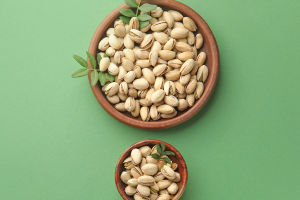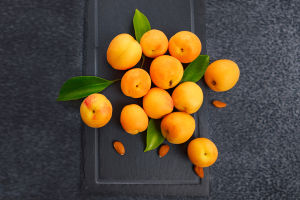The artichoke, with its unique appearance and rich history, has been a beloved ingredient in kitchens worldwide. Known for its distinct flavor and versatility, this thistle-like vegetable is not only a culinary gem but also a nutritional powerhouse.
Let’s explore the artichoke’s fascinating history, cultivation, culinary uses, and health benefits.
What is an Artichoke?
The artichoke, scientifically known as Cynara scolymus, is a perennial plant belonging to the thistle family. The edible part of the artichoke is the flower bud, harvested before the flower blooms. Once the artichoke matures, it transforms into a striking purple flower, making it not only a delicious vegetable but also a visually appealing plant. Artichokes are native to the Mediterranean region and have been cultivated for centuries.
Cultivating Artichokes: From Garden to Table
Growing artichokes requires a bit of patience and care, but the reward is well worth the effort. Artichokes thrive in mild climates with cool, wet winters and warm summers. They prefer well-drained soil and a sunny location. While artichokes can be grown from seeds, it’s more common to start with transplants or divisions from established plants. Here’s a brief guide to cultivating artichokes:
Planting: Artichokes should be planted in early spring or fall, depending on the climate. Space the plants about 3 to 4 feet apart to allow for their large, bushy growth.
Watering: Consistent watering is key to healthy artichokes. Keep the soil moist but not waterlogged, especially during the growing season.
Fertilizing: Artichokes are heavy feeders. Use a balanced fertilizer or organic compost to provide the necessary nutrients throughout the growing season.
Harvesting: The artichoke buds are ready for harvest when they reach full size but before they begin to open. Cut the stem about 2 inches below the bud. If you allow some buds to flower, they’ll produce beautiful purple blooms, adding ornamental value to your garden.
Culinary Uses: A Versatile Ingredient
Artichokes are celebrated for their versatility in the kitchen. They can be enjoyed in various forms, from simple preparations to gourmet dishes. Here are some popular ways to prepare and enjoy artichokes:
Steamed Artichokes: Steaming is a classic method that highlights the artichoke’s natural flavor. Serve with melted butter, garlic aioli, or a tangy vinaigrette for dipping.
Grilled Artichokes: Grilling adds a smoky depth to the artichoke. After steaming, cut the artichokes in half, brush with olive oil, and grill until charred.
Stuffed Artichokes: Stuffing the artichoke leaves with a mixture of breadcrumbs, herbs, and cheese creates a savory and satisfying dish.
Artichoke Dip: Creamy artichoke dip, often combined with spinach and cheese, is a favorite appetizer at parties and gatherings.
Artichoke Salad: Marinated artichokes can be added to salads, providing a delightful contrast of textures and flavors.
Health Benefits: A Nutritional Powerhouse
Artichokes are not just delicious; they’re also packed with nutrients that offer numerous health benefits. Here’s why you should consider adding more artichokes to your diet:
Rich in Fiber: Artichokes are an excellent source of dietary fiber, promoting digestive health and aiding in weight management.
High in Antioxidants: Artichokes are among the top vegetables with high antioxidant content, which helps protect the body from oxidative stress and reduces the risk of chronic diseases.
Supports Liver Health: Artichokes contain cynarin, a compound known to support liver function and detoxification.
Types of Artichokes
Artichokes come in several varieties, each with its unique characteristics. Some of the most popular types include:
Green Globe: The most common variety found in grocery stores, known for its large, round buds and tender leaves.
Violetto: A purple-tinged variety with a slightly more pronounced flavor, often used in Italian cuisine.
Big Heart: As the name suggests, this variety has a large heart, making it ideal for dishes that focus on the tender core.
Baby Anzio: A smaller, more delicate variety, perfect for appetizers and gourmet presentations.
Decorative and Ornamental Uses
Beyond the kitchen, artichokes also have ornamental value. The tall, sturdy stems and large, spiky leaves create a dramatic presence in the garden. When left to flower, artichokes produce stunning purple blooms that attract pollinators like bees and butterflies. These flowers can also be dried and used in floral arrangements, adding a unique touch to home décor.
The artichoke is a true culinary gem, offering a rich history, versatile culinary applications, and impressive health benefits. Whether you’re a seasoned chef or a home cook, the artichoke’s unique flavor and texture can elevate any dish. From growing your artichokes to exploring creative recipes, this remarkable vegetable deserves a special place in your kitchen and garden. Embrace the artichoke, and discover the endless possibilities it brings to your culinary adventures.


